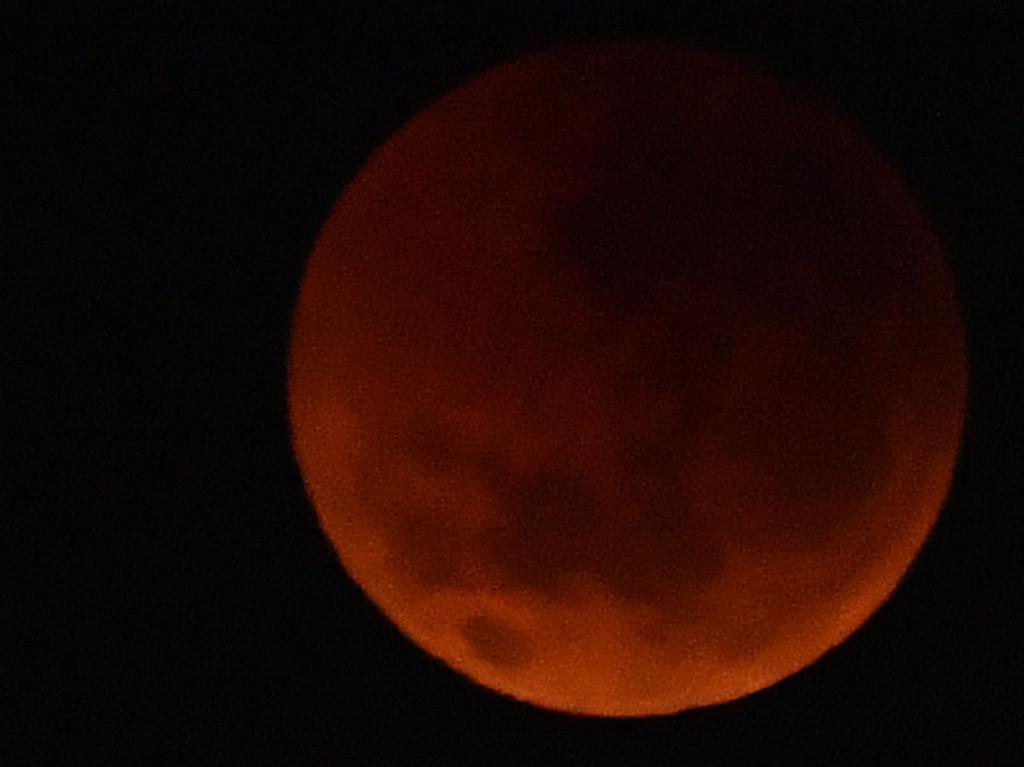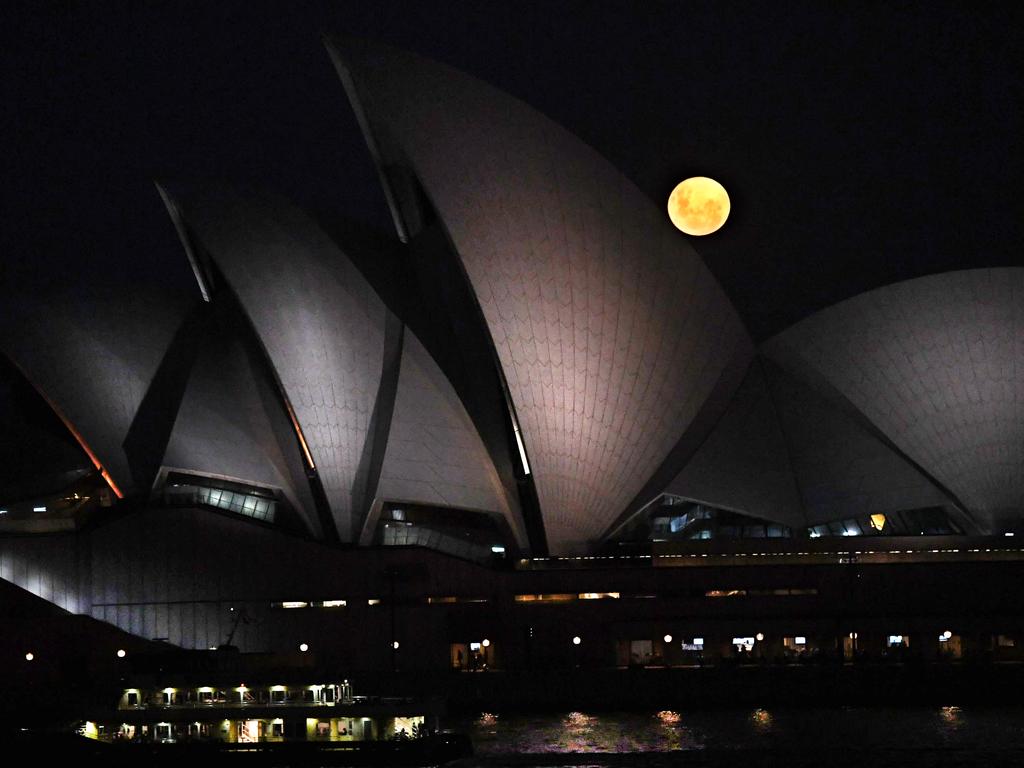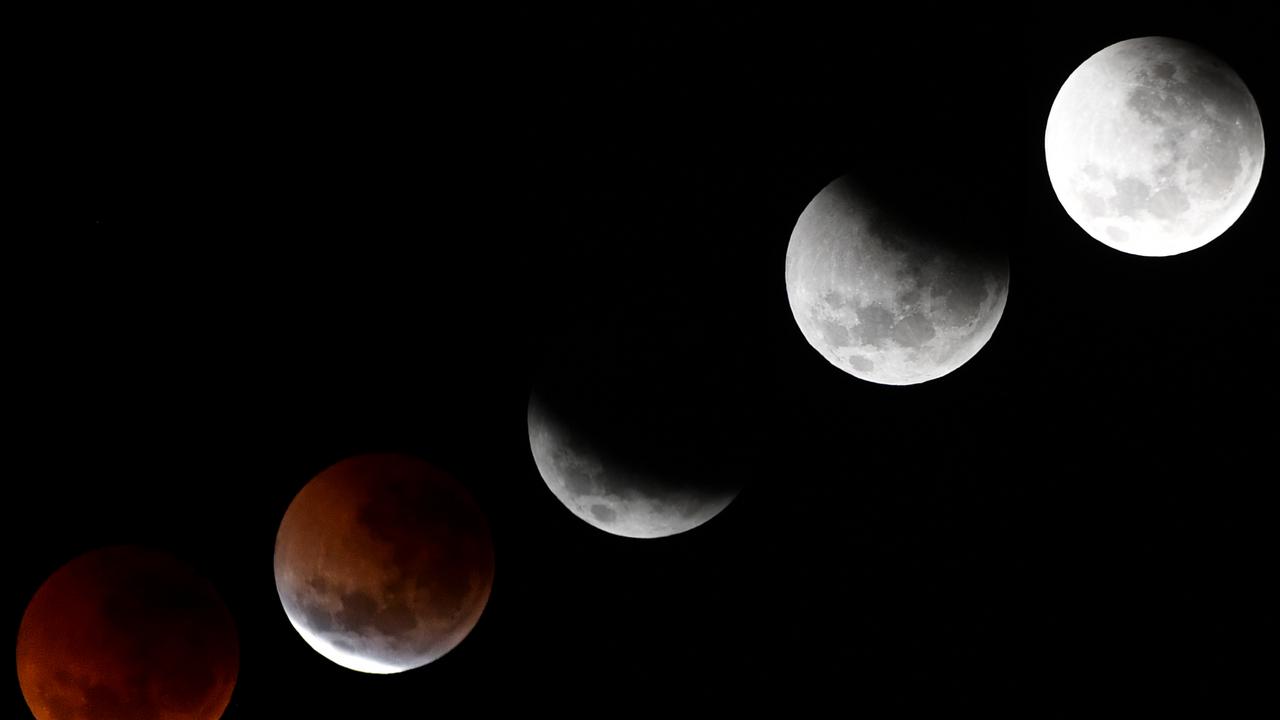Super blood moon: Rare lunar event to unfold on Wednesday night
A rare phenomenon where two lunar occurrences happen at the same time will be visible in our skies this week.
Australian stargazers will get the first look at a true “super blood moon” for 20 years when two celestial phenomena occur at the same time this week.
The rare sight will be visible from about 7.44pm on Wednesday on the east coast as the moon passes into Earth’s shadow.
The event will feature both a super moon – when a full moon reaches the closest point to Earth in its orbit – and a blood moon, which is caused by a total lunar eclipse.

Vanessa Moss, an astronomer at Australia’s national science agency the CSIRO, said it was very rare for both events to occur at the same time.
Dr Moss said the last true super blood moon down under was in 2001 and the next one is not predicted to happen until October 2033.
“The last real super moon lunar eclipse we had (in the world) was in 2015 but that wasn’t visible in Australia,” she said.
The lunar eclipse will begin about 6.45pm AEST and will end about 11.49pm.
Peak viewing time, however, will only last for about 14 minutes between 9.11pm and 9.25pm – when the moon is set to be bathed in glowing red light.

Dr Moss said the moon’s red colour would come from sunlight passing through the edges of Earth’s atmosphere before being beamed onto the moon’s surface.
Essentially, it is the same light that at the same time would be heralding a sunrise somewhere on the planet, she said.
“Say you were on the moon, everything would be red,” she said.
“If you were to look at the Earth, there would be a red ring around the Earth’s surface.
“Dust and atmospheric conditions will all combine to make the full effect.”
There are a few super moons each year, but a true lunar eclipse occurs once every couple of years, with the last one seen in Australia in 2019.
The reason we don’t have more total lunar eclipses is because the moon’s orbit is uneven and can wobble up and down.

“It’s quite a rare occurrence so it’s going to be a good one to watch,” Dr Moss said.
The best part is you won’t need a telescope or binoculars to see it – weather permitting – but they will give you a better view.
“A lunar eclipse is safe to look at because we’re looking at refracted light,” Dr Moss said.
“It will be to the east and will be quite high.
“It will be important to be somewhere relatively dark.”
In case of bad weather, the CSIRO is doing a live webcast of the lunar eclipse on Wednesday via the ESA feed from the deep space tracking station at New Norcia, near Perth.
Go to www.esa.int




